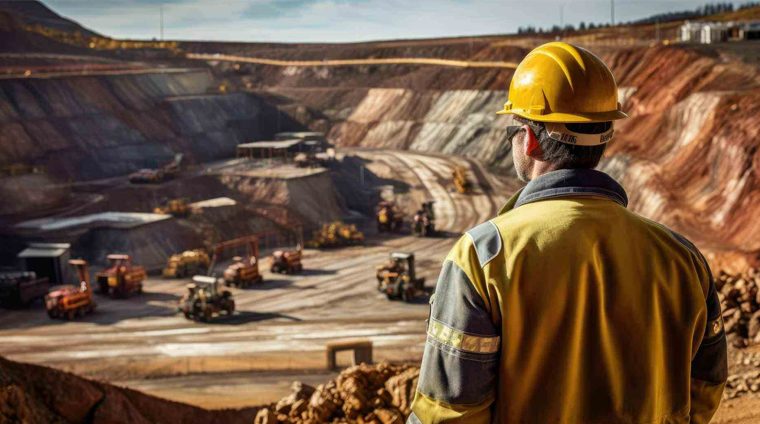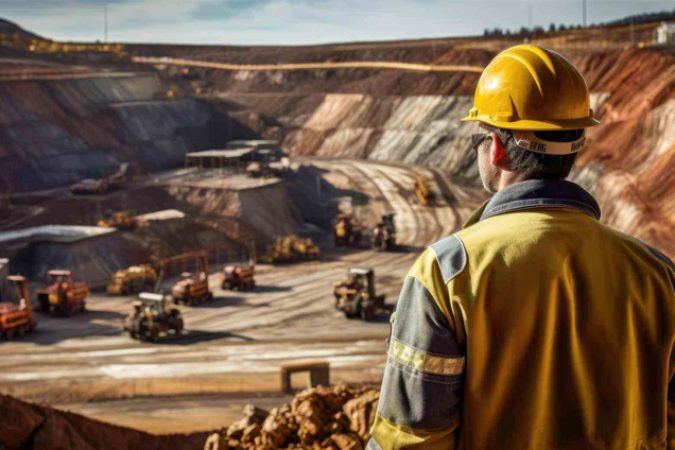Introduction
This advanced training course is designed for senior geologists, exploration managers, and remote sensing specialists looking to master the latest remote sensing technologies for phosphate, gold, and bauxite exploration. The course will focus on hyperspectral imaging, AI-driven mineral prospecting, UAV-based surveys, and data fusion techniques, integrating geophysical, geochemical, and spectral data for high-precision mineral targeting.
Date
Day | Time | Price | Country |
|---|---|---|---|
Mon – Wed | 8:00 – 10:00 | $5/hrs | Turkey |
Tue – Thu | 18:00 – 19:00 | $5/hrs | Turkey |
Wed – Fri | 20:00 – 21:00 | $5/hrs | Turkey |
Sat – Sun | 18:00 – 19:00 20:00 – 21:00 | $8/hrs | Turkey |
This Training Course Will Highlight
- Advanced spectral analysis and mineral mapping techniques.
- AI and machine learning applications in remote sensing for mineral exploration.
- Multispectral, hyperspectral, and LiDAR integration for mineral prospecting.
- Automated remote sensing workflows using cloud computing and big data analytics.
- Environmental and ESG applications of remote sensing in mining.
Objectives
- Utilize AI-driven spectral analysis for high-precision mineral targeting.
- Implement automated remote sensing workflows for large-scale exploration.
- Integrate multispectral, hyperspectral, LiDAR, and geophysical data.
- Assess the economic feasibility and risk factors in remote sensing exploration.
- Apply remote sensing to sustainable exploration and ESG compliance.
Training Methodology
- Real-world case studies on remote sensing-driven mineral discoveries.
- Hands-on spectral analysis using remote sensing software.
- 3D remote sensing data integration with GIS and geophysical datasets.
- Interactive AI-driven mineral targeting using machine learning.
- Advanced data processing exercises on cloud platforms (Google Earth Engine).
- Case Study: AI-based remote sensing exploration of a phosphate, gold, or bauxite deposit.
Organizational Impact
- Enhances mineral targeting efficiency through automated remote sensing workflows.
- Reduces exploration costs by narrowing target areas with AI-based analysis.
- Strengthens decision-making and risk mitigation in mineral exploration projects.
- Improves compliance with ESG and environmental regulations.
- Optimizes resource allocation and exploration budget planning.
Personal Impact
- Develops expert-level proficiency in AI-driven remote sensing.
- Expands career opportunities in global mining exploration firms.
- Strengthens expertise in spectral analysis and data fusion techniques.
- Enhances technical leadership in exploration project management.
- Builds specialized skills in geospatial AI and automation.
Who Should Attend?
- Senior geologists and mineral exploration professionals.
- Remote sensing specialists in the mining industry.
- Exploration managers and project leads in mineral prospecting.
- Geospatial data analysts in AI-driven mineral exploration.
- Government regulators overseeing mineral exploration projects.
- Academic researchers in geosciences, remote sensing, and machine learning.
- Consultants providing exploration solutions for mining companies.
Course Outline
Day 1
Advanced Spectral Analysis for Mineral Exploration- Spectral signatures and high-resolution mineral mapping.
- Spectral unmixing for complex mineral assemblages.
- Thermal infrared and Shortwave Infrared (SWIR) imaging in mineral identification.
- Spectral anomaly detection for hidden ore deposits.
- Mapping hydrothermal alteration zones in gold deposits.
- AI-powered mineral detection using hyperspectral data.
Day 2
AI and Machine Learning in Remote Sensing for Mineral Targeting- Supervised vs. unsupervised machine learning in remote sensing.
- Neural networks and deep learning for mineral classification.
- Big data analytics in mineral exploration.
- Automated mineral prospectivity mapping using AI.
- Cloud-based remote sensing platforms (Google Earth Engine, AWS, GEE).
- AI-driven gold exploration using multi-source remote sensing data.
Day 3
LiDAR, UAV, and 3D Remote Sensing Data Fusion- LiDAR applications in mineral exploration and mining topography.
- UAV-based hyperspectral imaging for high-resolution mapping.
- 3D integration of remote sensing, geophysical, and geochemical data.
- Structural geology interpretation using LiDAR and drone data.
- Machine learning for automated feature extraction from remote sensing.
- LiDAR-based phosphate exploration in karstic terrains.
Day 4
Remote Sensing for Economic Feasibility and Risk Assessment- Remote sensing-based mineral economic viability assessment.
- Exploration risk assessment using geospatial analytics.
- AI-driven predictive modeling for resource estimation.
- Automated data fusion for reducing geological uncertainty.
- Integration of remote sensing in mineral investment decisions.
- Risk-reduction strategies in bauxite exploration using remote sensing.
Day 5
Remote Sensing for ESG, Sustainability, and Future Exploration Trends- Remote sensing applications in mine environmental impact assessment.
- Monitoring tailings and mine rehabilitation with satellite data.
- ESG compliance and regulatory monitoring through remote sensing.
- The role of AI, blockchain, and automation in the future of mineral exploration.
Cancellation policy
no refund is accepted
Certificate


Step Into a World of Knowledge and Growth
Courses you might be interested in
-
0 Lessons
-
0 Lessons

